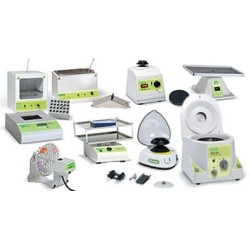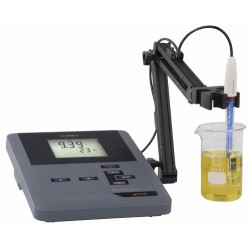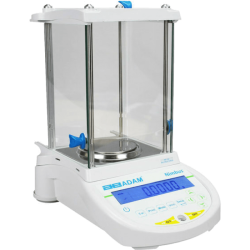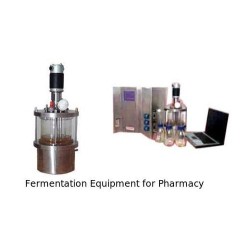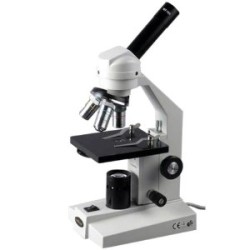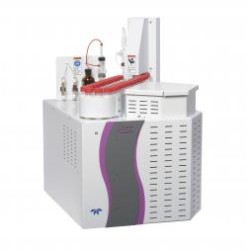Magnetic Crack Detector - Stationary Model
Product Details :
Why Toshniwal Technologies Stationary Magnetic Crack Detectors
Toshniwal Technologies Stationary Magnetic Crack Detectors set the standard for Non-Destructive Magnetic Particle Crack Inspection. The Magnetic Crack Detectors offer the flexibility, field intensity and part range capabilities to identify surface and sub-service defects across a broad range of parts.
Having options for all AC, FWDC and HWDC outputs, the Toshniwal Magnetic Crack Detectors can identify both sub surface and surface cracks. Also, by applying both circular and longitudinal currents, the Magnetic Crack Detectors can identify cracks in all directions simultaneously whereby saving time and energy of the user.
Stationary Magnetic Crack Detectors - Application
Stationary Magnetic Crack Detectors help identify cracks in ferromagnetic substances may they be raw materials or finished goods. Since it is non destructive testing, the sample is not at all damaged and can be further processed as desired by the customer.
By applying longitudinal and circular current on the sample, circular and longitudinal magnetic fields are created around the sample. If a crack is present, magnetic field lines will no longer be closed and north and south poles will be created. Once sprayed with fluorescent iron liquid or iron powder, due to the north and south poles, the tiny iron particles will be attracted to the crack. The crack will be visible under UV light or White light.
Stationary Magnetic Crack Detectors are used mostly where the sample to be tested can be brought to the machine. They are also used in manufacturing facilities where large quantities of samples are to be tested.
Models
Great Features of Toshniwal Stationary Magnetic Crack Detectors
Infinite current control: Users can apply any value of current ranging between 0 and the maximum available, unlike other models where the value of current is determined by step increments
Multi Directional Crack Detection: Toshniwal Magnetic Crack Detector generates both circular magnetism and longitudinal magnetism at the same time, resulting in multi directional crack detection
Full Range of Currents: Toshniwal Magnetic Crack Detectors come with the options of using all three currents – AC, HWDC and FWDC
Surface and Sub Surface Crack Detection: Toshniwal Magnetic Crack Detectors have the ability to identify both surface cracks and sub surface cracks
Residual Inspection: Using FWDC or HWDC, samples can be further closely inspected because of the residual magnetic property
AC Demagnetization: Residual Magnetism can be removed by using the AC demagnetization feature. Simply apply AC current and slowly reduce the applied current to zero. No need to acquire a Demagnetization machine
Foot Switch: The current shots are fired through a foot switch instead of a hand switch. This feature frees up the hands of the users
Auto Shower with Agitation: Toshniwal’s innovative automatic shower system sprays the sample with the liquid automatically after starting the experiment. The system will also agitate the liquid, ensuring that the iron particles will be mixed well with the liquid. The spray time can be changed by the user
Pneumatic Clamping: The clamps used to hold the sample are pneumatically controlled
Benefits of Toshniwal Magnetic Crack Detectors
High Sensitivity – Small discontinuities and deep sub surface cracks can be detected
Minimal surface preparation – No need to remove paint
Customizable – The Magnetic crack detector can be designed entirely to fit the customer requirements
Cost Savings – Due to the economic cost of the product and its ability to non-destructively test samples, major cost savings can be achieved
Quality – The Magnetic crack detector easily identifies defective parts, whereby improving quality of the lot being dispatched
Selecting the Appropriate Model
Diameter of the Sample: The greater the diameter, the greater the output current required. The basic thumb rule is 500Amps per inch diameter.
Length of the Sample: Bed Length of the Magnetic Crack Detector is designed based on the maximum length of the sample. Any sample smaller than that of the Bed Length can be tested but samples larger than of the Bed Length cannot.
Surface only or Subsurface crack detection: For surface only cracks, AC output Magnetic Crack Detector is needed which is satisfied with the AW Magnetic Crack Detector series. For subsurface and surface cracks, AHW Magnetic Crack Detector is recommended.
Wet or Dry Testing:
Dry Method: Small iron particles powder is either applied by hand, thrown or sprayed using the squeeze bulb. After fully applying the powder, current is applied to the sample and testing is done
Wet Method: The wet method utilizes liquid mixed with micro size iron particles which is then sprayed on the sample. This method is a faster method than the dry method since it is easier and faster to distribute the iron particles by spraying the liquid. This method also permits the use of smaller iron particles resulting in a finer identification of cracks. The liquid used in the Wet Method is recycled back into the tank whereby reducing the wastage of the iron particles. In case of dry, the used powder must be collected by the user




